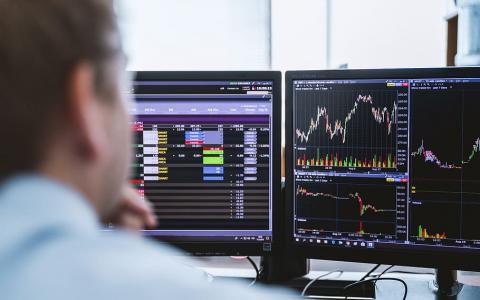
(3D/L) July U.S. company earnings season and the Federal Reserve meeting came and went, but they seemingly left the investment world with more fog than clarity. To wit:
• Is the U.S. economy in recession? It depends on what data set you’re referring to.
• Are we past ‘peak’ inflation? It depends on how you define inflation – also what cost pressures you determine are leading or lagging indicators.
• How’s the U.S. consumer faring? It depends on what income demographic and what spending category you’re using to gauge consumer health and appetite (who is and isn’t willing to absorb higher prices).
• How are S&P Company earnings progressing? It depends on expectations heading into the release and management guidance that follows. And also what customer segment you’re servicing (contrast general merchandise retailers serving lower income demographics such as Wal-Mart versus specialty categories serving a higher income demographic such as Chipotle).
• What policy path is the Fed going to pursue in addressing headline inflation pressures? It will now depend on the data (a.k.a. data dependency as opposed to forward guidance).
First, 2Q2022 real (inflation-adjusted) U.S. gross domestic product (GDP) contracted 0.9% versus an expected increase of 0.4%, on top of 1.6% decline in 1Q. Keep in mind this is an advanced release and is subject to two more revisions as more data is collected. Investors and policymakers were hyper-focused on the 2Q release as another contraction could send a strong enough signal that the U.S. economy has entered a recession. Nominal (price unadjusted) GDP grew 7.8% as the price index for GDP increased 8.2% compared with an 8% increase in the first quarter. So, the U.S. economy continues to face a situation unlike the low inflation regime enjoyed before the COVID pandemic – high nominal growth but negative real growth.
As we concluded in our July blog article, “End of the Line? Into the Frying Pan,” much of the economic attention will remain focused on consumer spending, which continues to be a positive contributor to real GDP, albeit a shrinking contributor. So, even though overall GDP has declined for two straight quarters, the contraction is being mostly driven by 1) high inflation, 2) inventory correction, 3) a bigger-than-normal negative trade balance (likely driven by zero COVID lockdowns across China during 1Q), and 4) decline in business investment. Of the four, the former three may prove to be less of a headwind (peak inflation, inventory correction, reduced imports) while the fourth is more worrisome but could turn around with new fiscal spending initiatives (Chips and Science Act, increased energy spending in reconciliation).
As for the consumer, it depends on who is doing the spending and what they’re spending on in the face of higher prices. For higher income cohorts, sentiment is starting to recover unlike the other cohorts where sentiment continues to deteriorate. Overall spending appetite remains robust for the former demographic, whether it’s a continued appetite for burritos with guacamole (Chipotle) or mobile devices (Apple). This is also confirmed by management comments from major banks and credit card companies which have not reported any significant deterioration in their consumer lending divisions.
And much of the recent spending appetite has focused on ‘services’ ( Revenge COVID travel/leisure) over ‘goods’, especially consumer durables, which is experiencing a post-pandemic hangover.
Contrast those cheerier outlooks with the likes of general merchandise retailers who report a dimmer picture of consumer health, many of whom are struggling with high energy, food, and shelter costs, even though nominal wages grew at a greater rate for the lower income tiers.
So, whether we are in a technical recession or not remains a moot point – the key for monetary policymakers and politicians will likely center around consumer spending and labor market conditions. Both spending and employment indicators have shown meaningful slowdown in recent months but are not contracting nor raising recession alarms. The Federal Reserve meets next in September and October followed by the November mid-term elections – the upcoming employment payroll reports and CPI/PPI reports will likely provide more clarity on whether a soft landing is being achieved.



